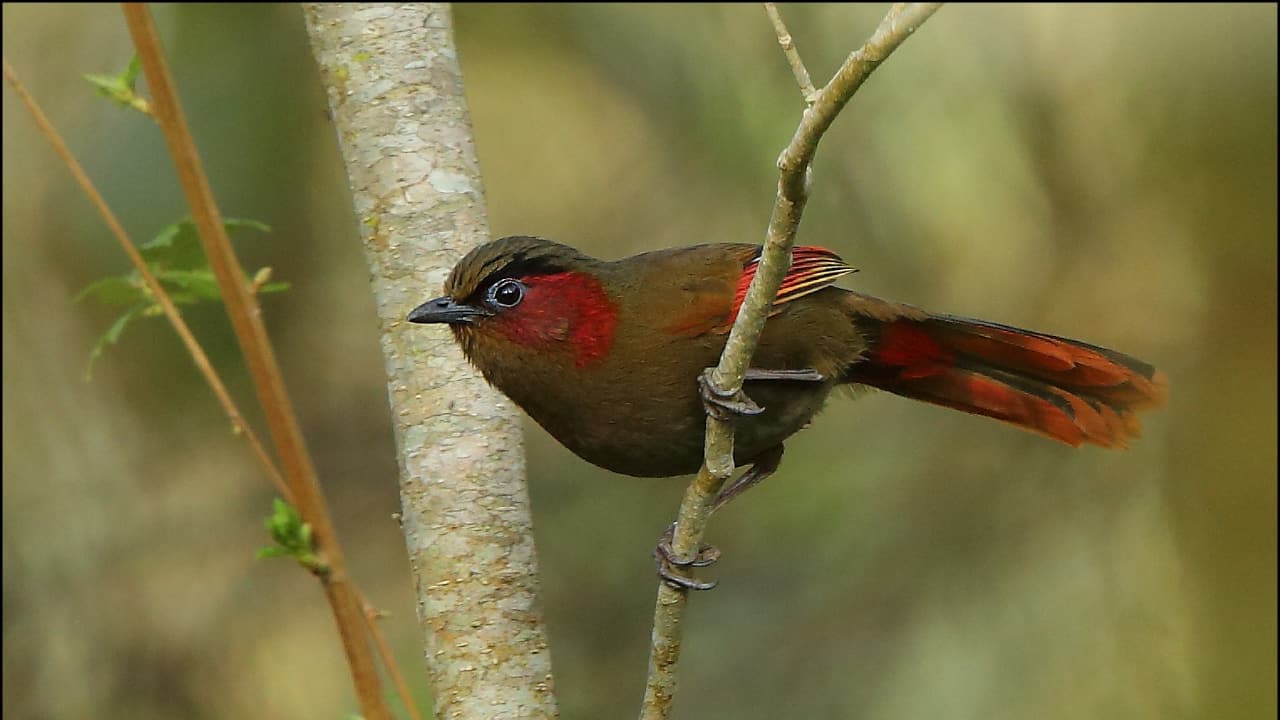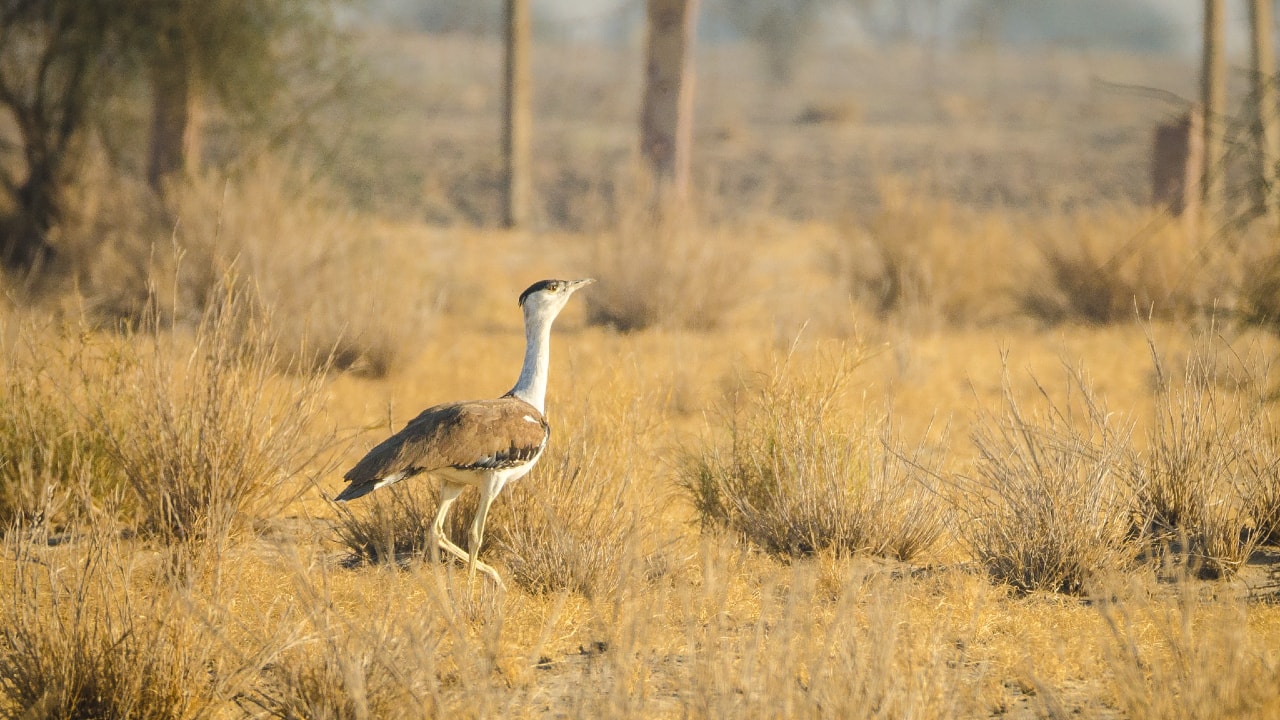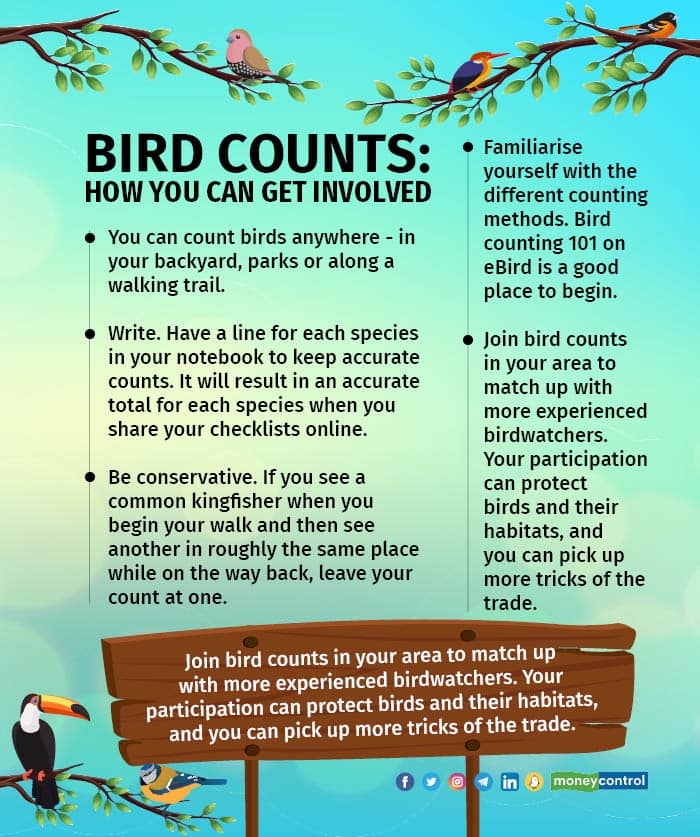



In November, Nagaland witnessed its first-ever bird count event. Birdwatchers from Dimapur, Kohima, Peren and Wokha districts came together to document the rich avian diversity of the state. Over four days, 178 species were recorded as part of the Tokhü Emong Bird Count (TEBC), including the Streak-breasted scimitar babbler, Red-billed liocichla and Rusty-capped fulvetta.
Birds are considered excellent barometers for planetary health. Widely distributed, relatively easy to survey, and responsive to environmental change, they play a crucial role in revealing wider trends in natural ecosystems.
An army of birdwatchers also collects data on them. Since 2014, for instance, around 20,000 birdwatchers have uploaded more than 15 million observations in India alone on eBird, an online database of bird observations. They cover all states and Union territories, with over 1,50,000 new observations being added every month.
“Bird counts serve two purposes - they provide the data needed for conservation efforts, and create awareness that helps protect birds and their habitats in the long run,” says Praveen J of Bird Count India, which promotes bird listing, documentation and monitoring in India. TEBC, for example, will help establish a benchmark against which future studies of avian populations in the state can be compared. This is especially important given the widespread effects of climate change in Northeast India.
Scientists and researchers from around the world also rely on data from amateur birdwatchers to investigate the threats of deforestation, agricultural expansion, light pollution, and climate change, and their impact on the long-term survival of birds. This information is crucial, especially since flagship science publication State of the World’s Birds 2022 declared that nearly half of the planet’s bird species are in decline.
 Birdwatchers at the first-ever TEBC in Nagaland. (Photo Credit: Lansothung Lotha)On track
Birdwatchers at the first-ever TEBC in Nagaland. (Photo Credit: Lansothung Lotha)On trackA common activity among birdwatchers is to visit a location and make a list of all species seen. When pooled with data from other birdwatchers and visits, and collated in the same place, it can yield a large amount of valuable information about the distribution and abundance of birds. For example, Kerala Beachcombing, which went on for five months in 2022, presented data about the bird diversity of the coasts, movement patterns, and the preferences of and threats faced by migratory birds.
Some species benefit more. For instance, it is easier for scientists and researchers to monitor birds such as the Great Indian bustard since their range is limited. But long-range species, like the Bar-headed goose, benefit from having more eyes on the ground.
What has also helped is the adoption and growing popularity of eBird. Started with the simple idea that every birdwatcher has unique knowledge and experience, it is today a widely used tool that powers new data-driven approaches to science, conservation and education.
“eBird makes it really easy for people participating in bird counts to upload data and share it. It also allows birders to contribute videos, audios and photos. You can now compare your audio and images with existing media. This has helped in the identification of new species for a region,” says Praveen J.
In a recent study, for instance, research scholar Vijay Ramesh, from the University of Columbia, used observations of 79 species found in the Nilgiri and Anaimalai hills of the Western Ghats to predict if environmental changes can drive the distribution of birds in a landscape. For this, he and his team compiled about 1.29 million crowdsourced observations from eBird recorded between 2013 to 2021.
 A red-billed liocichla spotted by birdwatchers in Nagaland (Photo Credit: Albin Jacob)Deep impact
A red-billed liocichla spotted by birdwatchers in Nagaland (Photo Credit: Albin Jacob)Deep impactThere are critics, though. Data from bird counts is not always systematically collected. It can be high in noise. So, trends that emerge from such data may not best reflect the activities and behaviours of certain species.
“eBird or other such platforms are good to look for patterns as a preliminary step for a study. Without checks and balances, it can lead to an understanding of species biology with unknown errors and even flawed conservation policies,” says Tannay Jha, who has been working towards the conservation of raptors in Jharkhand.
But when done right, bird counts can have a tremendous impact. The first comprehensive assessment of the distribution range, trends in abundance, and conservation status of most of the bird species that regularly occur in India was published as a report State of India's Birds in 2020. The primary data used in this report was the 10+ million observations uploaded by Indian birdwatchers on eBird. Its findings were also taken into consideration when Schedule-1 of the Wildlife Protection Act was revised.
Events such as the Great Backyard Bird Count (GBBC), the Great Sparrow Count, Onam Bird Count in Kerala, Pongal Bird Count in Tamil Nadu and Bihu Bird Count in Assam, too, generate a lot of enthusiasm. A record number of participants joined the 2021 GBBC. An estimated 3,00,000 people worldwide submitted checklists reporting 6,436 species. “Families gather and have fun, there’s awareness created about birds and conservation, and more are initiated into the hobby of birdwatching,” says Tanvi Karnik, an avid birdwatcher who has been participating in such bird counts for over a decade.
They also contributed to the emergence of structured and systematic projects such as the Coimbatore City Bird Atlas and Pune Bird Atlas. It’s what makes bird counts an essential tool in monitoring systems to boost conservation efforts.
 Scientists and researchers find it easy to monitor the Great Indian Bustard since it has a limited range. (Photo credit: Kesavamurthy N via Wikimedia Commons)
Scientists and researchers find it easy to monitor the Great Indian Bustard since it has a limited range. (Photo credit: Kesavamurthy N via Wikimedia Commons)
Discover the latest Business News, Sensex, and Nifty updates. Obtain Personal Finance insights, tax queries, and expert opinions on Moneycontrol or download the Moneycontrol App to stay updated!
Find the best of Al News in one place, specially curated for you every weekend.
Stay on top of the latest tech trends and biggest startup news.